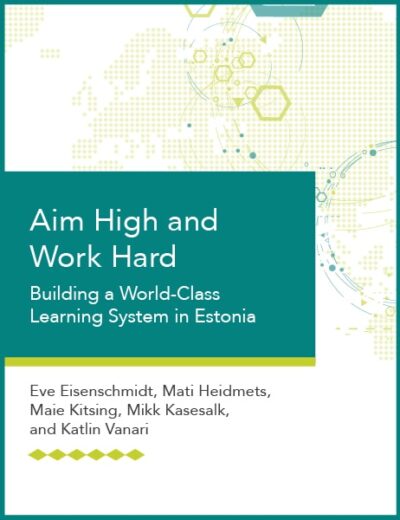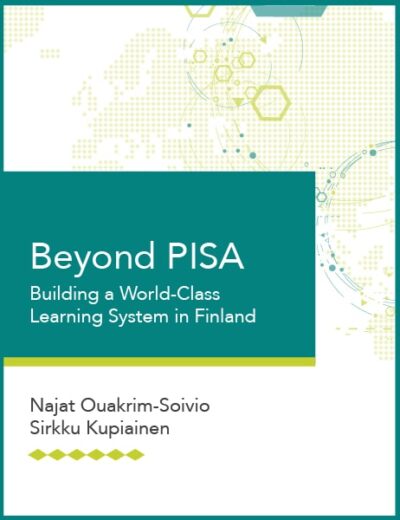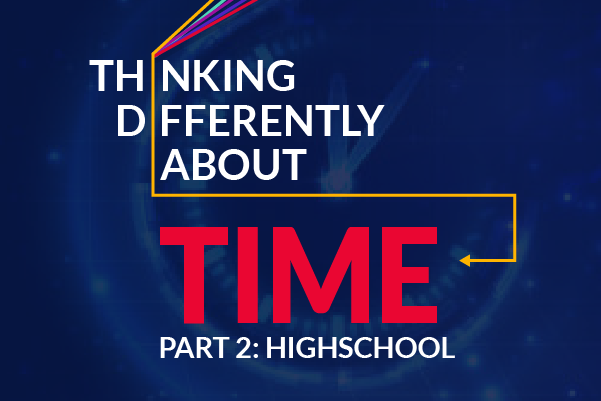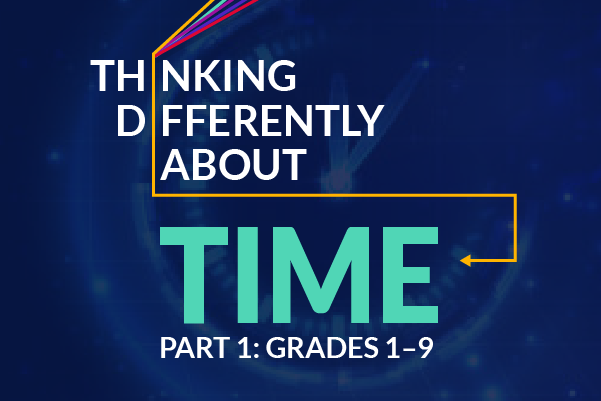NCEE asked researchers in five school systems—British Columbia, Estonia, Finland, Hong Kong and South Korea—with high and equitable performance on the OECD’s PISA assessment to consider how they were designed and how they are rethinking them for a changing world. These cases underpinned Geoff Masters’ book, Building a World Class Learning System: Insights from Some Top Performing Learning Systems, which looks across them to ponder the question: what do these different systems have in common now, and as they look into the future?
The Estonia report, Aim High and Work Hard: Building a World-Class Learning System in Estonia, describes how the tiny country of 1.3 million citizens, newly independent in 1990, built the one of the highest performing education systems on PISA in Europe. Written by Eve Eisenschmidt of the University of Tallinn along with a diverse team of Estonian researchers, the report details the nation’s goal for its education system of creating a workforce to support their innovative tech-based economy—an economy that has driven huge gains in Estonia’s standard of living and transformed the country into a global tech hub.
The authors identify key qualities of the Estonia learning system that have enabled it to succeed:
- An aim high and work hard mindset
- Broad social support of education
- A diverse school network that is responsive to student needs
- Autonomy for teachers
- Governance that is evidence-based and supports all students to thrive
They also describe how a long-term investment in digital tools and digital learning among both students and teachers prepared Estonia to weather the pandemic better than many other systems.
The report points to key priorities as Estonia looks to the future of its education system:
- regionalizing secondary education to provide more robust programming for all students,
- recruiting and preparing a new generation of teachers,
- making learning more personalized,
- supporting student and teacher wellbeing, and
- improving education for its language minority population.
Finland’s report, Beyond PISA: Building a World-Class Learning System in Finland provides a rich social and historical perspective on how the country’s education system was built and emerged as a high performer in Europe by 2000. Authors Najat Ouakrim-Soivio and Sirkku Kupaninem of the University of Helsinki aim to provide a more detailed and nuanced explanation of how their system works and what factors are responsible for its success than is often offered.
In highlighting Finland’s strengths, the authors focus on
- Finland’s long-standing commitment to supporting all of its students as the driver of strong outcomes;
- the systems’s emphasis on learning supports and its “special education for all” approach;
- collaboration between school and care professionals to promote healthy social development, especially of young children; and
- strong, well-prepared teachers as the “backbone” of this system.
Alongside these strengths, the authors raise questions about the lack of clear standards and data to guide the system’s development, particularly as it faces a fast-changing landscape and some declines in performance and widening of gaps in learning outcomes between schools and among students from different backgrounds.
Finland has a long list of goals for its next phase including
- raising overall academic attainment,
- better supporting students and teacher well-being, and
- creating new pathways for lifelong learning.
The country also aims to:
- incorporate digitalization and personalize learning more effectively
- integrate cross-disciplinary learning into its schools in robust ways, and
- maintain the strength of its teaching force.
Note: These two reports were written in 2021, just as the pandemic was impacting education systems around the world. The crisis is acknowledged in each report but neither had the benefit of hindsight to reflect on the resilience of their systems in the face of that crisis. Further, the selection of these systems was based on their performance on PISA 2018 rather than the more recent 2022 results. However, the lessons and key challenges explored in these cases remain relevant and provide valuable insights for practitioners and policymakers in education.






